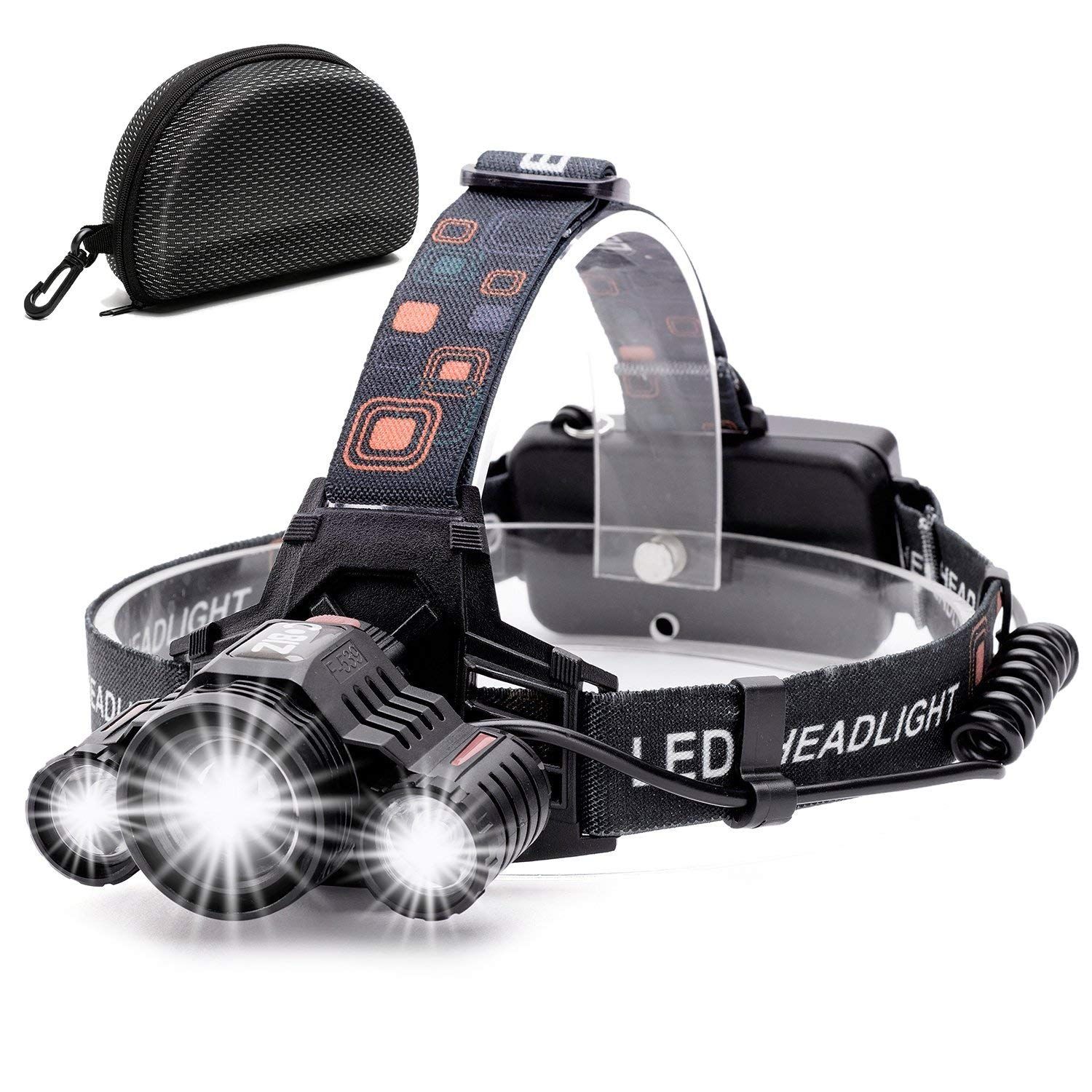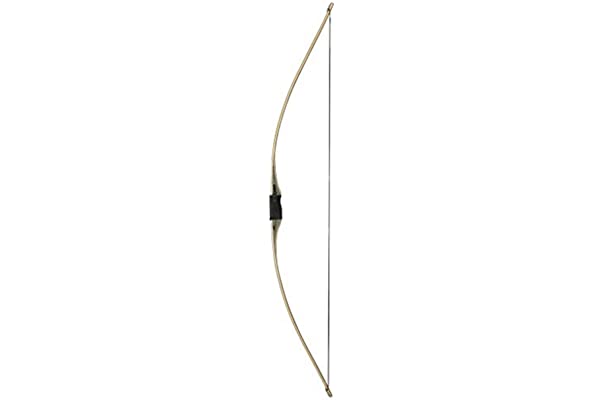
There are a number of techniques that can be used to improve your shot. This article will examine Techniques for Improving Your Bow Shot, and Preparation to Your Bow Shot. Next we will discuss the Different Types of Bow Shots. You'll hopefully be able to choose the right technique for your needs. Continue reading to find out more. Also, don't forget to check out the articles below to learn about each type and how to prepare for it!
Techniques
Mastering bow shooting is a key part of this sport. Apart from learning proper bow shot techniques, you must also ensure that your body remains still while shooting. Your shooting position should be slightly wider than the rest of your body. Your feet should be about shoulder width apart. If your feet are too closely together, you could have trouble aiming your bow properly. Your stance should be at shoulder width. This will ensure smooth shooting.

Techniques for improving accuracy
A bow shooter should aim his arrow perfectly at a paper target. A perfectly centred shot is made by a bullet hole and a centered nock. The accuracy of an arrow that leaves the bow at an angle may decrease. There are many methods to increase accuracy. Continue reading to find out how you can improve your accuracy. With surprise, release the arrow from your bow. This simple technique will help improve your accuracy. This article will hopefully help you improve your bow shot accuracy.
Preparation to shoot a bow
Regular practice is the best way to get ready for your bow shot. Practice archery at least six to ten days a week, or more often if you can. It is important to have your form and muscles in tip-top shape before you take a shot. These are some tips that will help you improve your shot. These tips will help prepare you for your next bow hunt. Your bowhunting skills will be more enjoyable if you take them seriously.
Types of bow shot
There are four basic types of shot in archery. There are four basic types of shot in archery: Pierce Shot (Rapid Shot), Rapid Shot (Spread Shot), and Heavy Shot. The types of shots you can use will vary depending upon the weapon's charges and how it hits its target. Let's examine each type one by one. Which is the best? Continue reading to learn more! Knowing the differences between each type of shot makes it easier to practice them with your bowgun.
Charge level
Your overall power is affected by the charge level of your bowshot. This is how your shot's power increases as you level up. By dashing, or by shooting more times, you can increase your charge level. To make the most of your shot, aim to charge your bow as high as possible. Level 4 will see your power shot deal more damage that it did at level 1. Your aerial volleys also increase in damage. If you lift your bow up, the bow's color will change from orange-red to red.

Distance between shooter and arrow
The distance that an arrow can travel from the shooter while bowing is partly determined partially by its weight and its potential energy. When the arrow hits the target, this energy is converted into kinetic energy. To accelerate the flow of kinetic energy after an arrow has been fired, the archer draws the bowstring against the arrow to increase its resistance. This momentum is converted into kinetic energy by impacting the target. This transforms potential energy into energy and determines the distance.
FAQ
Why is hunting a good hobby for you?
Hunting is like playing with nature. You need to think ahead, plan each move and anticipate where the game is going next.
Hunting is all about finding food. You must be able to identify the type of prey you are looking for, track it, and stop tracking. If you don’t know these things you won’t be able to catch anything.
It is important to always be alert when hunting. This will ensure that you don't miss any opportunities. Once you spot something, get close enough that you can identify it. Next, take a detailed note of what you saw and write it down. This will make it easier to hunt again later.
It's more than just shooting at targets. It's about being in tune to yourself, your environment, and the animals surrounding you.
What are some of the benefits of hunting
Hunting is an ancient tradition practiced by many cultures around the world. It was used to hunt for food, shelter, clothes, medicines, and other purposes. Even today, hunters still hunt for sport but also food and recreation. The meat from hunted animal is usually consumed immediately following killing. However, the skin, feathers, bones, antlers horns, teeth and hooves of the animals may be sold as trophy parts.
Hunting isn't just a way of eating; it's a lifestyle.
Hunting families have strong ties to their friends and family because they spend so much time together. They share stories, memories and laughs around campfires or over meals.
Hunters enjoy nature and wildlife, which helps them appreciate life on Earth.
When they care for game animals, they learn responsibility and respect for others.
Conservation makes hunters better citizens. They are responsible for protecting habitats and species. They know how much land, water and oxygen we need for survival.
Hunters are part a larger community. Their families are dependent on them. They work together. They support local businesses.
Hunters are known for their generosity. Many hunters contribute money to charity organizations that aid children, the elderly, veterans, and others.
Hunters also have the opportunity to give their time to assist those in crisis. You might see them volunteering with the Red Cross or Humane Society.
Where can I purchase a gun? Do I need one?
For certain species of hunting, you will need a gun.
A firearm is required by most states for hunters. It depends on what game you intend to hunt and where you live.
Any sporting goods store will sell a rifle, shotgun or handgun as well as a crossbow and muzzle loader.
Choose a weapon that best suits your needs. If you plan to hunt small game, such as squirrels or rabbits, you might consider buying a pistol of.22 caliber.
A larger caliber weapon might be a good option if you intend to hunt large animals like bears, elk, or deer.
Do not buy a weapon unless you feel comfortable handling it. Guns are dangerous tools. You should never load a gun until you are ready for it to fire.
Check that the gun has been properly inspected before you purchase it. Ask the seller how to load and unload the gun.
The warranty provided by the manufacturer should be reviewed. If the warranty is not provided, inquire about what type of guarantee they provide.
Ask the dealer to give you a copy of their safety instructions. These documents should contain information on safe storage and maintenance.
Verify the serial number. If the serial number begins with "NIB", or "New In Box", then the gun is brand new.
If the serial # begins with an odd numbers, the gun may have been previously owned.
Contact the manufacturer if you're unsure if the gun was used. You should get more details from the manufacturer.
Statistics
- Indiana, for example, saw a 28% jump in turkey license sales during the first week of the season. (stacker.com)
- Thanks to the 1937 Pittman-Robertson Act, an 11% excise tax was placed on the sale of firearms, which were then used for conservation. (stacker.com)
- Over the past 50 years, the number of hunting licenses in California has been on a rapid decline, falling 70% from more than 760,000 in the 1970s to under 268,000 in 2020—even as the state's population has skyrocketed, according to The Mercury News. (stacker.com)
- - Percent of residents with paid hunting licenses: 0.7%- (stacker.com)
External Links
How To
How can I teach my son hunting?
This is a common problem. Many parents want their kids to learn how to shoot guns, but they do not know where to start. The first thing you should think about when teaching your child how to use a gun is safety. You should make sure your child knows what to do in case of an accident. It's important to make sure that he fully understands shooting rules. He should be taught to keep his finger away from the trigger when he is ready to fire. If he accidentally shoots himself, you must immediately stop playing around and take him to the hospital.
Next is to show him how different weapons work. This includes shotguns (pistols), rifles, and airguns. So that your child can pick the right weapon for him, he should be able to understand how they work. When choosing a weapon, you should consider its size, weight, accuracy, and power. A.22 caliber rifle is a good choice for a starter rifle. It is compact enough to be held by beginners and strong enough to take out pests like squirrels. A 12-gauge shotgun, on other hand, is large enough to comfortably hold and has the power to kill any animal. Airguns are quiet and easy to operate, making them perfect for children who are just learning how to shoot.
It is now time to help your child practice shooting at target. He should try out different positions and angles to see which works best for him. He should also be able to properly clean and maintain his weapon.
Once your kid has mastered the basics, you can move on to hunting. There are many ways to teach your child how to hunt. One way is to let him go out into nature with you. Another option is to buy a gun in a store and demonstrate how to load it. Another option is to purchase a puppy and train your child to train it. Dogs can be very helpful because they are quick to obey commands and follow them easily. Dogs are fun to play with, and they can even become best friends with your child.
If none of the above methods appeal to you, then you could hire someone to teach your children. This method, however, is costly and requires a lot babysitting.